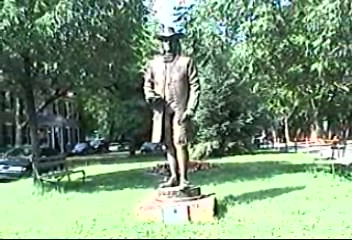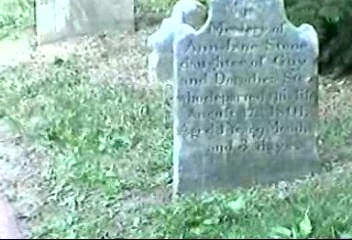My last day in Delaware began like my first, visiting a DuPont estate. This time, I went to Winterthur, the museum and estate of Henry Francis DuPont, which has been turned into a museum featuring his vast collection of Americana. But before I could get to the collections, I had to see the grounds because Henry Francis was also a painstaking naturalist. The gardens are vast enough that Winterthur offers a van tour around them. It was a humid summer day; I had missed the azalea peak bloom season in May, and magnolias were just blossoming. I took in the renovated pool, now inhabited by sculptures of unicorns, and the koi pond before I turned inside to see the collection.

The original house had 12 rooms, but the DuPonts subsequently built out from the original in various directions using pieces of other houses that were being demolished. The interior of it is given over to collections, which are many and varied. I was there during an exhibit of soup tureens that had been sponsored by the Campbell’s Soup Co. I recall there was also an extensive collection of china and crystal settings from early residents of the White House. The museum began on three floors just after World War II, but expanded to nine. Henry Francis realized by the 1950’s that he would have to donate his collections, so he created a trust to support the American Decorative Arts at the main house and moved to a 50 room cottage on the estate, which is now a gift shop. The museum estimates that 80-90% of their collection is on full-time display, and it is a real jewel.

From Winterthur, I went to find New Castle, a well-preserved colonial town ten miles south of Wilmington. While visiting it on a random week day, it felt like a bit of a quiet old relic, as if I had stepped back in time. Founded by the Dutch in 1651, it was part of the trust given to William Penn in 1682, and the location of his original landing in the New World. When Penn made his claim to it, it was part of the Maryland colony, so Penn and Lord Baltimore fought about it in court, and Penn won. This provided the original Pennsylvania colony with access to the Delaware River. In the 18th century, the three counties seceded from Pennsylvania and New Castle was made Delaware’s original capitol. I was starving by the time I arrived in mid-afternoon, and had trouble finding a place that would serve me as the sleepy town was between the lunch and dinner service. The ghostly feel of the place was heightened when the sandwich shop that had been recommended to me proved to be at a non-existent address. I pushed my luck and headed into the old cemetery and walked among graves dating to the late 1700s and early 1800s. I made it out safely and eventually even ate. From the town square, I headed down to the Delaware River, which was more vibrant. It once had was a railroad station there, and now has a nice park that overlooks the water. It even featured a hot dog vendor.

I made a last stop at Odessa, another charmingly preserved historic town. I walked among the various houses named for ordinary people who lived in them while I searched for ice cream. I found the post office but no frozen snacks. It would be my last stop in Delaware as I headed to Washington to meet up with my beach friend and then my return flight home. As always, I felt I had not seen everything I wanted to see and hoped to return, but I was ready to be back in the shelter of my father’s home again.
